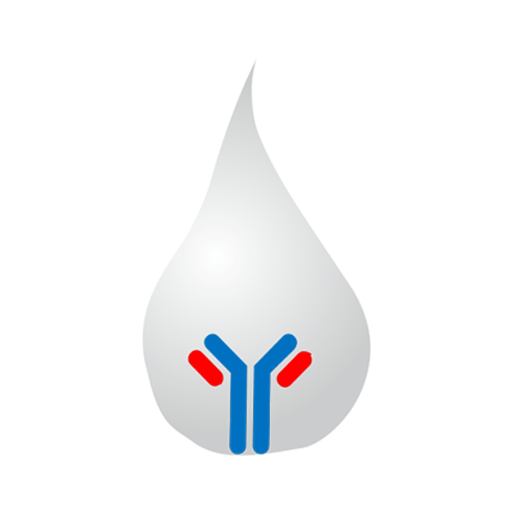Description
| CATALOG # | OttoBC127 |
| PRODUCT NAME | Aspartate Aminotransferase (AST) (SGOT) Assay Kit |
| APPLICATIONS | Fully automated analyzer, Spectrophotometer |
| REACTIVITY | Universal |
| SAMPLES TYPE | Serum, Plasma (Edta or Heparin) |
| Content | Explanation | Shelf life |
| Reagent-1 | 1x30ml | 6 months |
| Reagent-2 | 1x8ml | 6 months |
| Calibrator | 1×0.5ml | 6 months |
| Q.Control | 1×0.5ml | 6 months |
Inter Assay Coefficent of Variation (CV) % 1.21
Intra Assay Coefficent of Variation (CV) % 2.34
1. Bergmeyer HU, Herder M, Rej R. Approved recommendation (1985) on IFCC methods for the measurement of catalytic concentration of enzymes. Part 2.
IFCC Method for aspartate aminotransferase. J Clin Chem Clin Biochem 1986;24:49.
2. Glick MR, Ryder KW, Jackson SA. Graphical Comparisons of Interferences in Clinical Chemistry Instrumentation. Clin Chem 1 986;32:470-474.
3. Greiling H, Gressner AM (Hrsg.). Lehrbuch der Klinischen Chemie und Pathobiochemie,3. Auflage. Stuttgart/New York: Schattauer Verlag, 1995
4. Thefeld W et al. Dtsch med Wschr 1974;99:343.
5. Tietz NW (Hrsg.). Clinical Guide to Laboratory Tests, 3. Auflage. Philadelphia, PA: WB Saunders, 1995:76-77.
6. Wallnöfer H, Schmidt E, Schmidt FW (Hrsg.). Synopsis der Leberkrankheiten. Stuttgart: Georg Thieme Verlag, 1974.
7. Thomas L, Klein G. Neue vorläufige Normalbereiche für neun Serumenzyme. Deutsches Ärzteblatt 2006;103;Heft 7.
8. Schumann G et al. IFCC Primary Reference Procedures for the Measurement of Catalytic Activity Concentrations of Enzymes at 37°C – Part 4. Reference
Procedure for the Measurement of Catalytic Activity Concentrations of Alanine Aminotransferase. Clin Chem Lab Med 2002;40(7):718–724.
9. Thefeld W, Hoffmeister H, Busch, E-W, Koller PU, Vollmar J. Referenzwerte für die Bestimmungen der Transaminasen GOT und GPT sowie der
alkalischen Phosphatase im Serum mit optimierten Standardmethoden. Dtsch Med Wschr 1974;99:343-351.
10. Klein G, Lehmann P, Michel E, Regenauer H. Vergleich der IFCC-Methoden für ALAT, ASAT und GGT bei 37°C mit den eingeführten Standardmethoden
bei 25°C und 37°C. Lab Med 1994;18:403-404.
11. Wroblewski F LaDue JS. Ann Intern Med 1956;45:801.
12. Wroblewski F, LaDue JS. Proc Soc Exp Biol Med 1956;91 :569.

